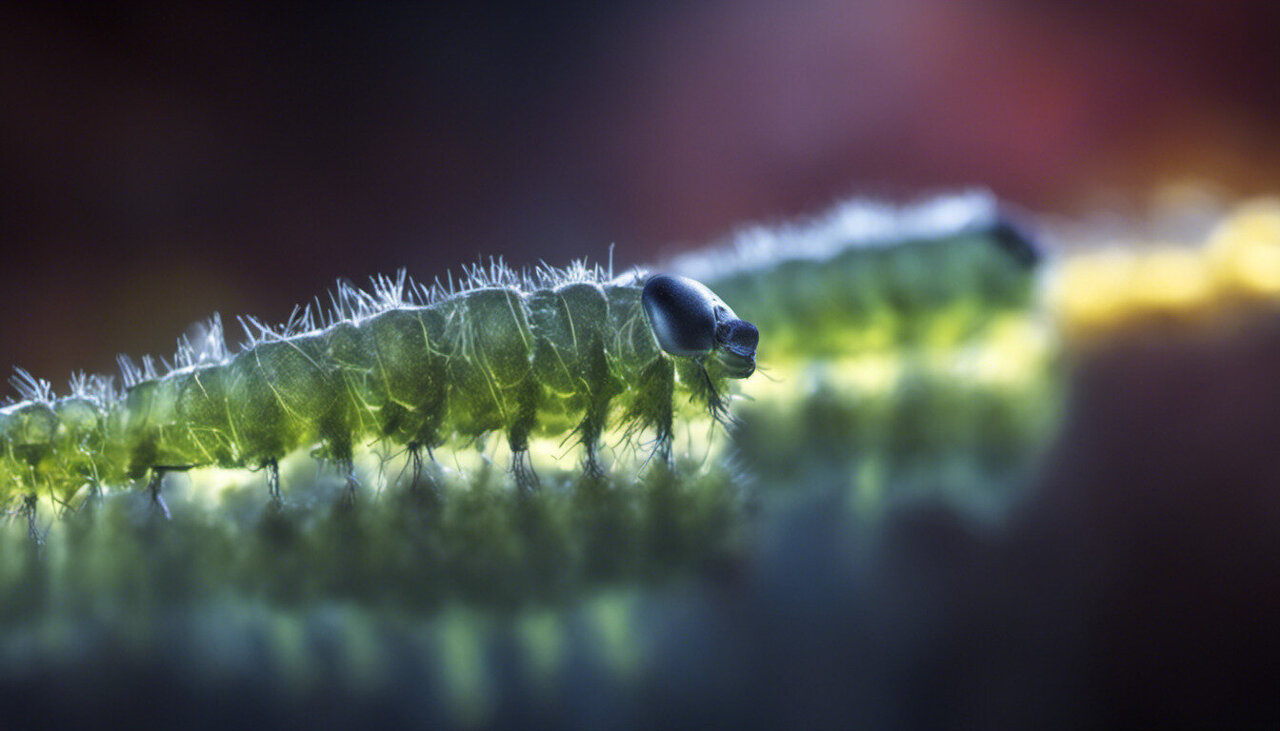The Impact of Artificial Light on Glow-Worm Mating
The invention of electric light has revolutionized our lives, allowing us to extend our activities well into the night. From street lamps providing safety outdoors to indoor lighting enabling longer work and play hours, light has become an essential part of our modern lifestyle. Even our gardens are beautifully illuminated to highlight their finer features. However, this artificial light, while beneficial to us, can also have negative consequences and be considered a form of pollution.
Light pollution, like other forms of pollution, can harm animals, especially those that are active during the night. It disrupts natural behaviors and ecological processes. Nocturnal predators, for instance, may choose to hunt after dusk instead of resting, causing disturbances in entire food webs. This is particularly true for insects, where artificial light at night can have severe consequences. Moths, for example, are attracted to street lights, diverting their attention from their crucial nocturnal pollinating duties and disrupting the wider ecosystem.
However, the impact of artificial light on insects, such as glow-worms, is still not well understood. To explore this further, our research team conducted laboratory experiments on glow-worm mating behaviors.
Examining Glow-Worm Behavior in Artificial Light
In our experiment, we collected male glow-worms from a nearby meadow and placed each individual in a Y-shaped maze in complete darkness. One arm of the maze contained a green LED designed to mimic a female glow-worm. When the LED was turned on, the males would typically gravitate towards it. We then introduced different levels of artificial light similar to street lighting and repeated the experiment.
In complete darkness, the males easily found the dummy female. However, as the level of white light increased, their ability to locate the female decreased significantly. At the dimmest level of white light, only 70% of males found the green LED, which dropped to a mere 21% at the brightest light levels.
By closely monitoring the male glow-worms in the Y-maze, we observed that white light increased the time it took for them to reach the dummy female. They hesitated before choosing one of the arms of the maze when exposed to white light, spending significantly more time in the base of the Y-maze compared to complete darkness. We also noted that when exposed to white light, the glow-worms retracted their heads and compound eyes beneath a shield-like structure on their heads, suggesting a defensive response to the light.
Implications for Glow-Worm Mating
We believe that the shield-like structure on the glow-worms’ heads acts as a form of sunglasses, reducing the amount of light that reaches their eyes. However, even with this defense mechanism, the effects of white light can still hinder the male glow-worms’ ability to approach females. This suggests that artificial lighting at night not only makes it harder for males to detect a potential mate’s bioluminescent signal but may also stun them into a state of inaction.
Studies like ours, which delve into the detailed behavior of insects, provide valuable insights into the impact of artificial lighting at night. They complement ecological studies conducted in the field and emphasize the importance of reducing light pollution. Implementing measures such as installing covers on streetlights or changing the wavelengths of light emitted can help insects like glow-worms thrive in their nocturnal habitats while we continue to enjoy the benefits of light in our daily lives.
Provided by The Conversation
This article is republished from The Conversation under a Creative Commons license.
Denial of responsibility! TechCodex is an automatic aggregator of the all world’s media. In each content, the hyperlink to the primary source is specified. All trademarks belong to their rightful owners, and all materials to their authors. For any complaint, please reach us at – [email protected]. We will take necessary action within 24 hours.

Jessica Irvine is a tech enthusiast specializing in gadgets. From smart home devices to cutting-edge electronics, Jessica explores the world of consumer tech, offering readers comprehensive reviews, hands-on experiences, and expert insights into the coolest and most innovative gadgets on the market.


